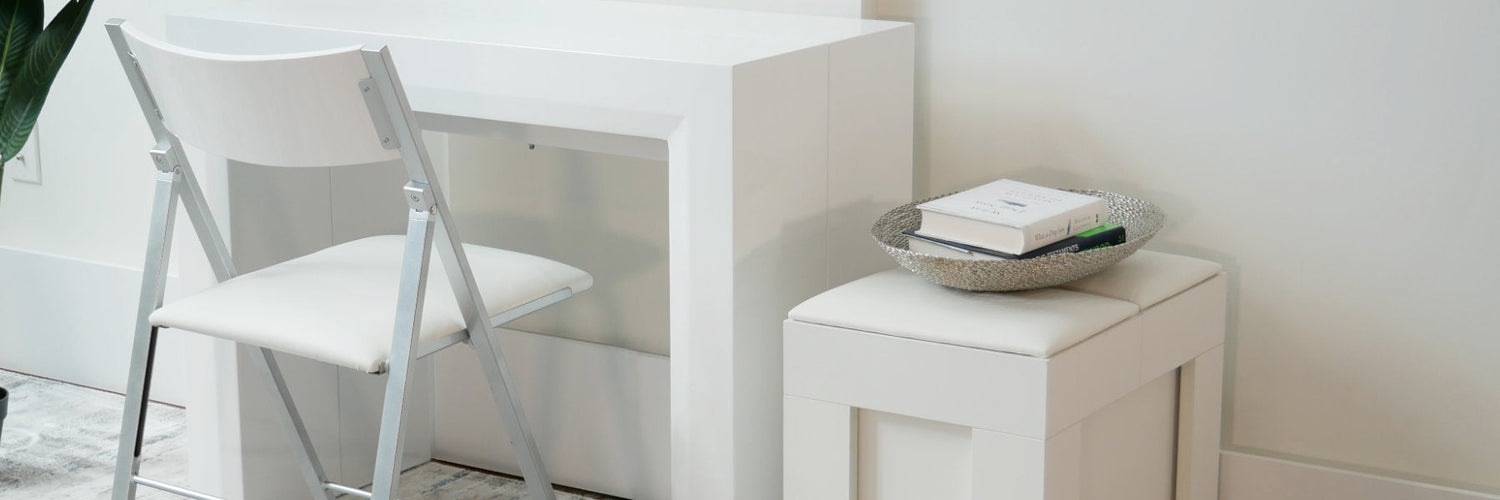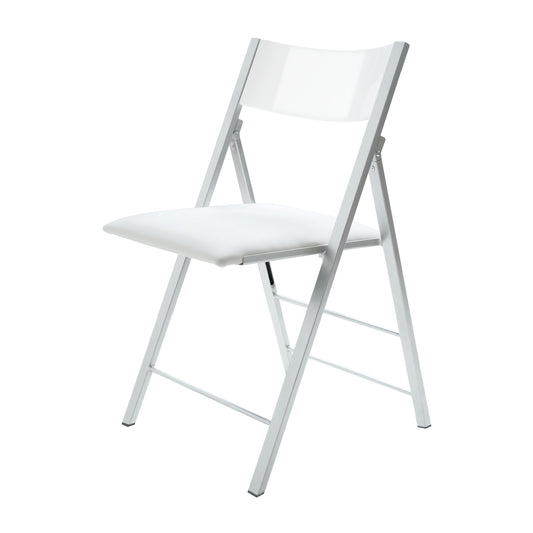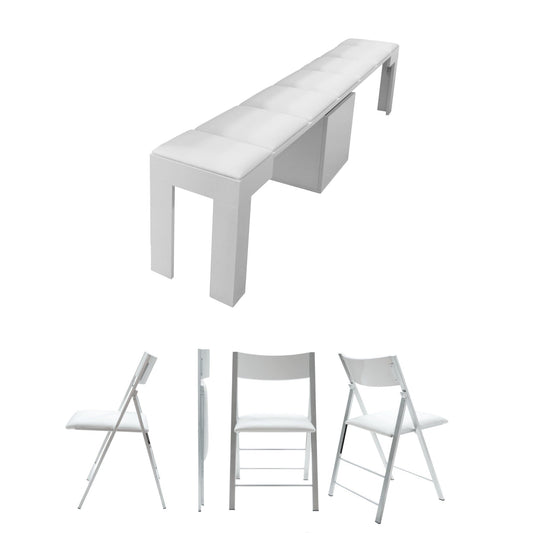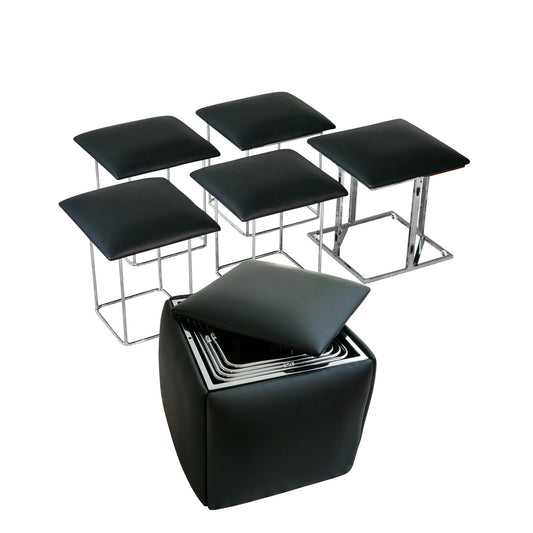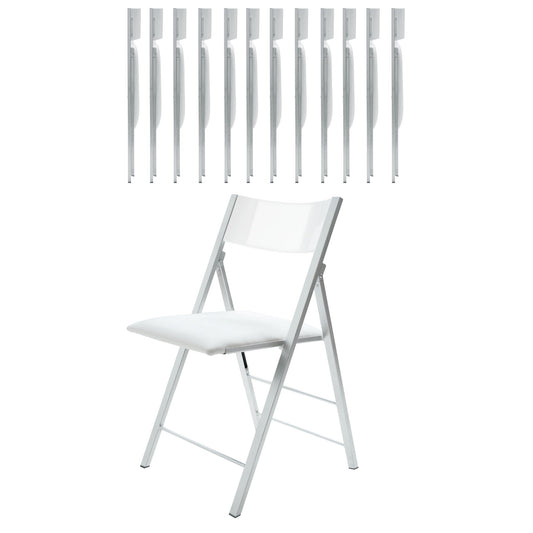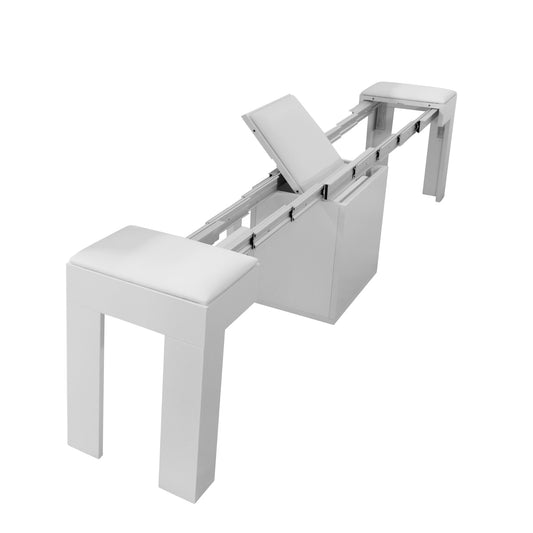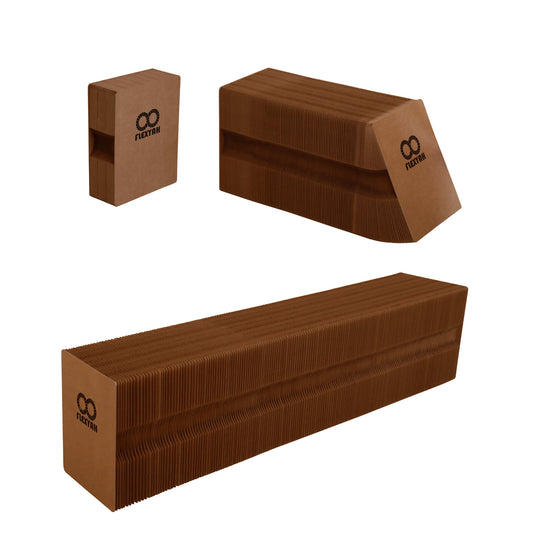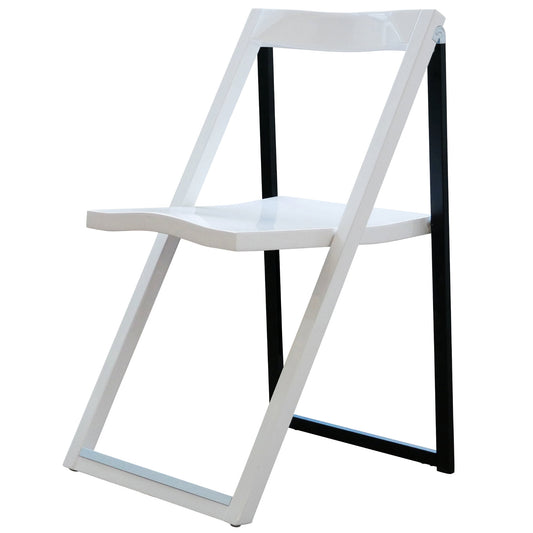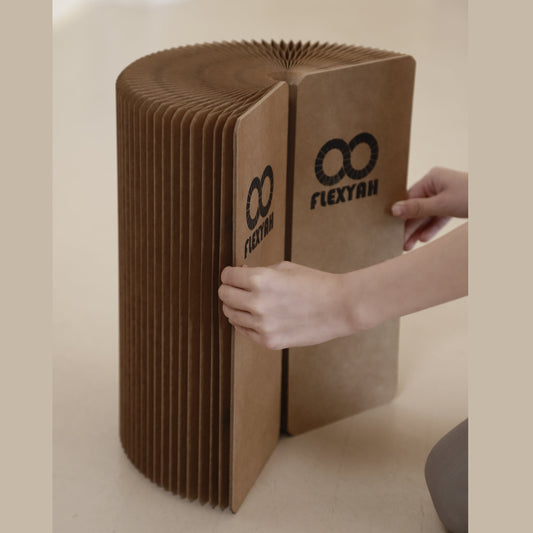Coffee stains on couches and carpets are inevitable. A holiday dinner where someone passes a coffee pot or a morning breakfast and a mug accidentally spills off the table. Even a simple catch up with friends in your living room can result in some drips onto the arms and cushions of the couch.
But don’t panic, coffee stains are easy to get out of carpets and couches if you know the science behind the stain and use the right solution. And that’s what we share below. First you’ll learn what causes the stain and how it sets, then some of the cleaning formulas you can create at home to lift the coffee stain based on the type of coffee spilled. After we share some tips specific to couches and carpets depending on the fabrics and materials.
What Causes Coffee to Stain
Once a stain happens you want to find out if the coffee was black, or had cream and sugar in it. The fats and proteins that bond with the fabrics will need to be unbonded vs. only lifting the discoloration from the tannins in black coffee. There are three types of stains to look for when it comes to coffee.
- Tannins - a compound in the coffee that gives it the dark color and can bond with the fibers in fabrics causing them to change in color.
- Proteins - from milk and cream can bond with fibers modifying the visual appearance of them resulting in discoloration or a stain. There are studies like this one that show dairy proteins may also make it easier for the tannins to color textiles like cotton for a double whammy.
- Sugars - although sugar on its own may not discolor the fibers in the fabric, it works as a magnet for dirt, grime, and tannins. This binds them to the fibers causing the appearance of a stain, or for the stain to get darker over time as they continue to build up.
We're including sugar here because if sugar was melted in the coffee and attached to the fabric, you may lift the coffee stain out of the carpet or couch, and then the stain magically seems to reappear because the sugar wasn’t removed and continued to collect debris.
Fun fact: Used coffee grounds (also known as spent coffee) are being researched as renewable resources for dying fabrics including cotton and wool, two common fabrics for carpets and couches. The same stain you want to get rid of can be the coloring someone else is paying for.
Now that you know what causes the stains and what the stains are made of, lets jump into removing them so your couch and carpets look like new, or to at least remove part of the stain.
The Steps to Remove Coffee Stains from Carpets and Couches
The step-by-step instructions to lift carpet and couch coffee stains are:
- Blot the stain
- Research the manufacturer’s instructions for care and cleaning
- Spot test a non-visible area
- Mix a solution from below and apply it to the stain letting it sit for 5 to 10 minutes
- Rinse with cool water and repeat until the stain is gone
Step 1: Blot the Stain
There’s one important rule you’re going to want to follow regardless if the coffee stain is on the couch, the carpet, or a table cloth. It is to soak up as much of the liquid as fast as possible with a cloth or absorbent paper towel by blotting it. Do not rub or scrub as this spreads the liquid and may increase the size of the stain.
Fun fact: Cold water helps prevent stains from penetrating deeper while hot water may help them bind to the fabric, so use cold water if you’re going to try and blot some of the stain up.
Step 2: Go to the Manufacturer’s Website
Next, go to the manufacturer’s website and see if they have any recommendations on chemicals, cleaners, or products that you should and should not use on your furniture. Some fabrics can handle vinegar while others do well with dish soap.
If there is no FAQ, look for live chat and ask the customer service representative. If this does not work then look for a phone number. Time is of the essence here so emailing customer service is not an ideal solution.
Step 3: Spot Test an Area
The last thing you want is to cause more discoloration, so spot test an area that is less visible. If the coffee stain is already dried this is safer as the process of lifting it will be the same compared to a stain that hasn't fully set yet.
For your couch try the back of the couch if it isn’t visible or the middle section or back of a cushion. These are rarely seen so if they get discolored it will not be as noticeable. If it is a carpet coffee stain, find a section furthest away from the living space or that will almost always be under the couch or furniture so it isn’t visible. For multi-color rugs make sure to test an area with the same color as the stain as this is the one you’re lifting the discoloration from.
Step 4: Mix a Solution to Remove Coffee Stains
The same techniques can be used for removing coffee stains from both carpets and couches and involves applying a solution as soon as possible.
There are a few ingredients that work best on coffee stains for furniture:
-
White vinegar - the acid helps break down the stain itself so it can be lifted.
- Smithsonian Museums, known for preserving and restoring fabrics in art, recommends using white vinegar to lift coffee stains with a bit of shampoo that does not have perfumes, conditioners, or colors.
- Dish soap - works to remove the oils and proteins from the fibers so the stain can be removed.
- Baking soda - acts as an absorbent to soak up some of the stain pigments from the fibers.
Do not use hydrogen peroxide unless the fabric is white and specifically says it is ok to use. Hydrogen peroxide will likely bleach and cause other types of discoloration, especially on colors.
You’ll need a spray bottle to apply the solution to the stain as well as a clean cloth to soak it up, and a small bowl or large cup to mix the solutions in. The baking soda solution is a last resort, but don’t count baking soda out! You can sprinkle baking soda or use a baking soda paste over the solution after the blotting step with the formula to help further lift the stain.
Here are a few mixes you can try, and each can be adjusted to meet your fabric and stain needs.
White Vinegar Formula:
- 1 tablespoon white vinegar
- 1 tablespoon liquid dish soap
- 2 cups of warm water
Dish Soap Formula
- 1 teaspoon liquid dish soap
- 1 cup warm water
Baking Soda Paste to Apply on Top
- 1 tablespoon baking soda
- 2 tablespoons warm water
Step 5: Rinse With Cool Water and Repeat
Sometimes the stain will need multiple applications. Rinse the previous solution off or the baking soda paste if you use this after a formula with cool water, then repeat until you have the desired results.
Coffee stains in carpets and couches are inevitable, but they do not have to be permanent. If you act quickly you can stop the stain from setting in full. Then use the instructions from above while modifying the solutions to match your fabric and furniture needs. This will help you lift a majority if not the full coffee stain from your furniture.
